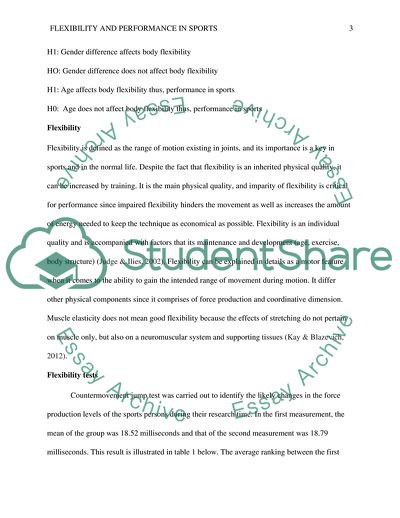Cite this document
(Physiological Development Case Study Example | Topics and Well Written Essays - 1500 words, n.d.)
Physiological Development Case Study Example | Topics and Well Written Essays - 1500 words. https://studentshare.org/sports-and-recreation/1823906-sports-sciencebiomechanicsdoes-flexibility-affects-performance-jumpacceleration-spss-needed
Physiological Development Case Study Example | Topics and Well Written Essays - 1500 words. https://studentshare.org/sports-and-recreation/1823906-sports-sciencebiomechanicsdoes-flexibility-affects-performance-jumpacceleration-spss-needed
(Physiological Development Case Study Example | Topics and Well Written Essays - 1500 Words)
Physiological Development Case Study Example | Topics and Well Written Essays - 1500 Words. https://studentshare.org/sports-and-recreation/1823906-sports-sciencebiomechanicsdoes-flexibility-affects-performance-jumpacceleration-spss-needed.
Physiological Development Case Study Example | Topics and Well Written Essays - 1500 Words. https://studentshare.org/sports-and-recreation/1823906-sports-sciencebiomechanicsdoes-flexibility-affects-performance-jumpacceleration-spss-needed.
“Physiological Development Case Study Example | Topics and Well Written Essays - 1500 Words”. https://studentshare.org/sports-and-recreation/1823906-sports-sciencebiomechanicsdoes-flexibility-affects-performance-jumpacceleration-spss-needed.


